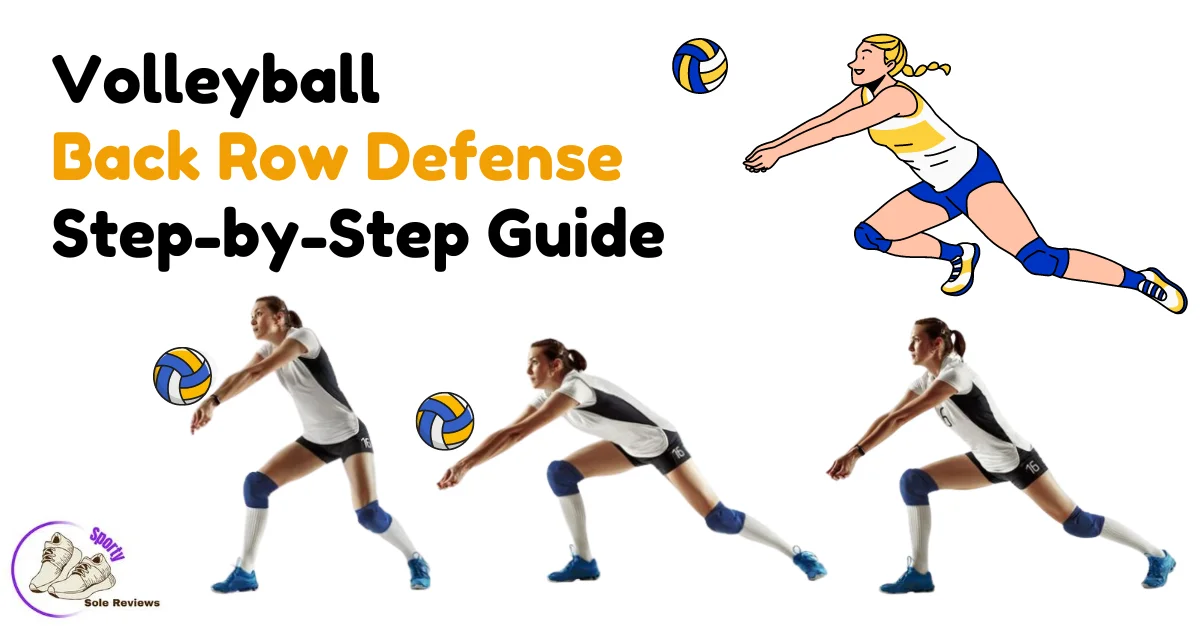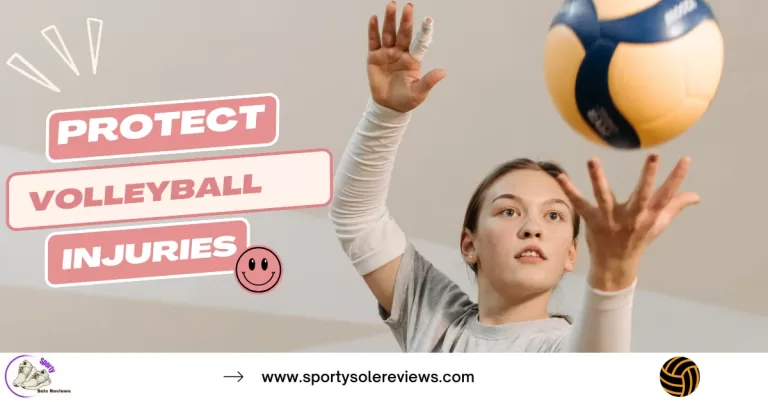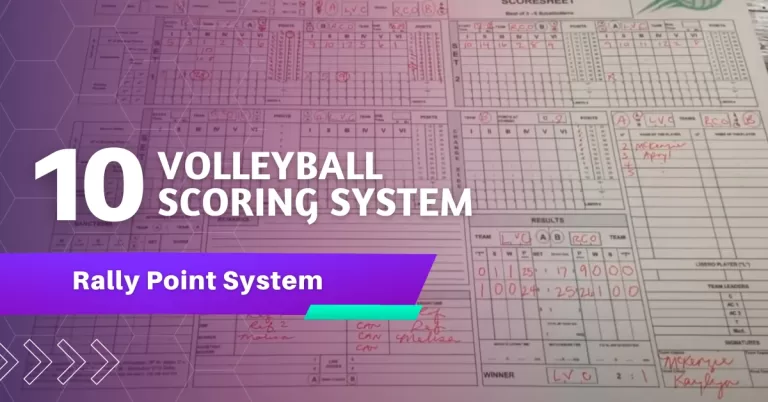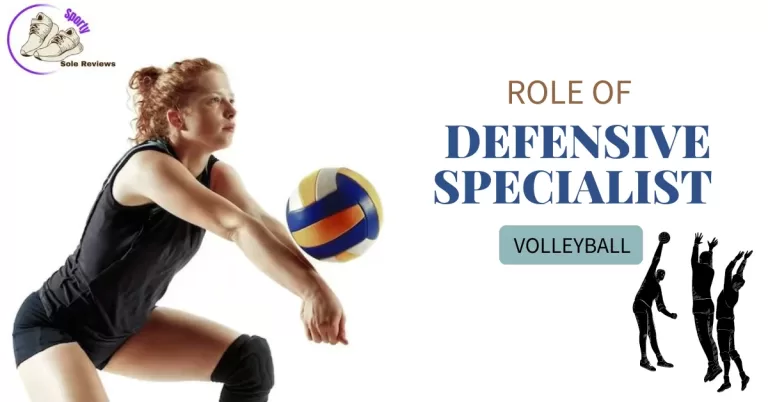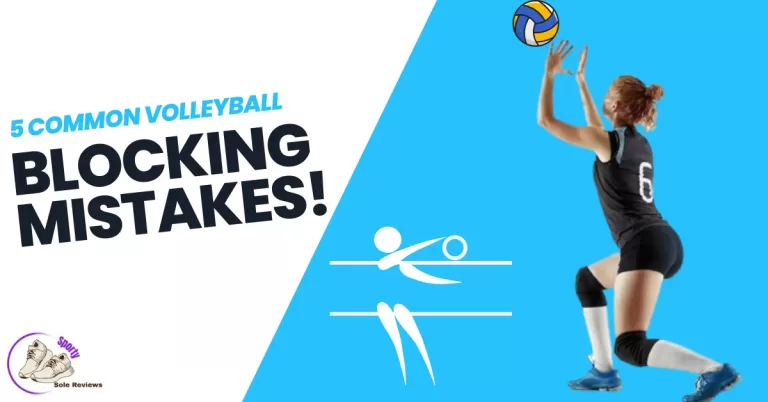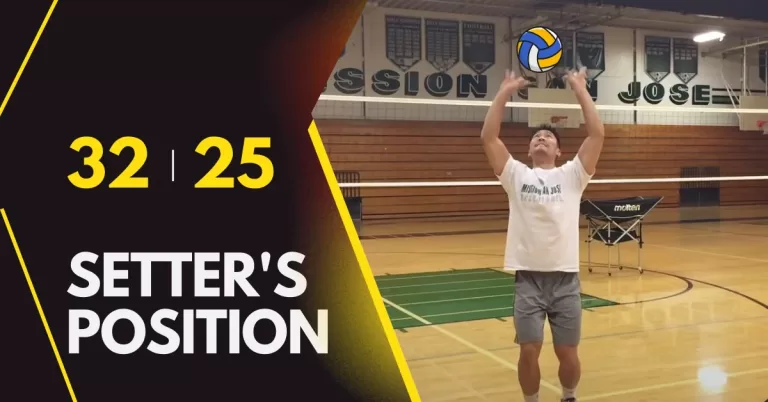How We Play Back Row Defense in Volleyball: Step-by-Step Guide
Back row defense is the strategic art of anticipation. Back-row players are the guardians, thwarting offensive assaults. The defensive role is a ballet of agility and strategy. Positioning and communication are key to this tactical masterpiece.
Back Row Defense in Volleyball
In volleyball, back row defense is crucial for preventing the opponent’s attacks from scoring. Here’s how we play back row defense:
| Position | Responsibilities |
|---|---|
| Libero | The libero is a specialized defensive player. They wear a different colored jersey and have the following responsibilities:
|
| Defensive Specialists | Defensive specialists are responsible for back row defense in volleyball when the libero is not on the court. Their duties include:
|
| Positioning | Back-row defenders should position themselves well to cover the court effectively. They must anticipate the opponent’s attacks and be ready to move quickly to dig or pass the ball. |
| Communication | Effective communication is key to successful back-row defense. Players should call for the ball, signal for help, and coordinate with their teammates to avoid confusion. |
| Anticipation | Back-row defenders must read the opponent’s hitters, anticipate their shots, and move to the right spot to make a successful dig or pass. |
Back row defense is a critical component of volleyball strategy. When executed well, it can turn the tide of a game and lead to successful counter-attacks.
Drills and Practice Tips
Mastering back-row defense in volleyball requires more than just on-court instincts; it demands dedicated drills and practice. When I was a beginner in this game, I practiced with Dill and used the training intensity calculator. In this guide, I will share deeper knowledge about a structured training regimen that encompasses both individual and team-oriented techniques, setting the stage for a formidable defense.
Individual Drills:
Some individual drills in volleyball that players can use to improve their skills are:
Platform Passing Drills
Platform passing is the bedrock of back row defense in volleyball, and perfection is the goal. In these drills, the focus is on refining the platform technique. Players meticulously align their forearms, creating a sturdy, consistent surface for precise passes. The subtle nuances of wrist angle and timing are honed to ensure ball control under pressure.
Targeted Digging Practice
Digging, the art of redirecting powerful spikes, is both a skill and an art. These drills concentrate on enhancing a player’s digging abilities. Athletes learn to anticipate the attacker’s intentions and react swiftly, using impeccable angles and technique to keep the ball in play.
Footwork and Agility Exercises
Agility and footwork are the secret weapons of a back row defender. These exercises focus on cultivating nimbleness. Players engage in ladder drills, cone exercises, and shuttle runs to enhance lateral movement, quick reactions, and court coverage.
Team Drills:
As a player, I can tell you some team drills commonly used in volleyball to improve skills, communication, and teamwork:
Communication Drills
Communication is the lifeblood of an impenetrable defense. These drills emphasize team communication. Players practice call-and-response exercises, ensuring seamless coordination during gameplay. Clear and concise signals become second nature, allowing for split-second decision-making.
Game-Like Scenarios
To excel, one must simulate the unpredictable. These drills replicate game scenarios, introducing chaos and unpredictability. Players navigate through complex, real-life situations, honing their decision-making skills, adaptability, and court awareness.
Scrimmages for Real-Life Experience
The pinnacle of preparation is the scrimmage. Here, acquired skills are put to the test in a dynamic, competitive environment. Players face off against each other, applying their refined techniques in scenarios mirroring actual matches.
Mental Toughness and Defensive Mindset
In the world of volleyball, a robust Back Row Defense demands more than just physical prowess—it requires a resilient mental attitude. To truly excel in this role, players must cultivate unwavering mental toughness and adopt a defensive mindset that thrives under pressure.
Staying Focused and Confident in High-Pressure Situations
As the pressure mounts, defenders must stay composed and confident in their abilities. Trusting in the hours of training and preparation is essential. By focusing on the present moment and blocking out distractions, defenders can elevate their performance when it matters most.
Bouncing Back from Mistakes
In the face of errors, developing resilience is crucial. Mistakes are an inherent part of any sport, and a defensive mindset embraces them as opportunities to learn and improve. Letting go of self-doubt and quickly rebounding from setbacks enables defenders to stay engaged and perform at their best.
Visualization and Positive Affirmations
Visualisation techniques and positive affirmations can significantly impact a player’s performance. By mentally rehearsing successful defensive plays and reinforcing self-belief through positive self-talk, defenders can create a mental blueprint for success. This empowers them to execute with confidence, making split-second decisions and reacting with precision.
Conclusion
In the realm of volleyball, mastering Back Row Defense in volleyball is a journey of continuous improvement. By embracing the art of defence, players evolve into defensive dynamos, honing their skills and tactics with every game. The joy of back row defence lies in the triumphs earned through hard work.
What is Back Row Defense in volleyball?
Back Row Defense refers to the defensive position players take at the back of the court to receive and dig the opponent’s attacks. It is a crucial aspect of the game, aiming to prevent the ball from touching the floor and keeping the rally alive.
What are the key roles in Back Row Defense?
The primary player in the back row defence is the Libero, a defensive specialist wearing a different colour jersey. Other players in the back row must also coordinate to cover specific zones and support the Libero’s efforts.
How can I improve my footwork and reaction time in Back Row Defense?
To enhance footwork and reaction time, practice agility drills, ladder exercises, and shuttle sprints. Focus on maintaining a ready position to move swiftly in response to the opponent’s attacks.
How do I anticipate the opponent’s attack as a defender?
Analysing the hitter’s form and approach can give you valuable cues about the direction and power of the spike. Studying game tendencies and past matches helps in recognizing patterns in the opponent’s attack strategies.
What mental skills are essential for a successful Back Row Defense?
Mental toughness, resilience, and staying focused under pressure are crucial for a successful back row defence. Visualisation techniques and positive affirmations can also boost performance and confidence on the court.

